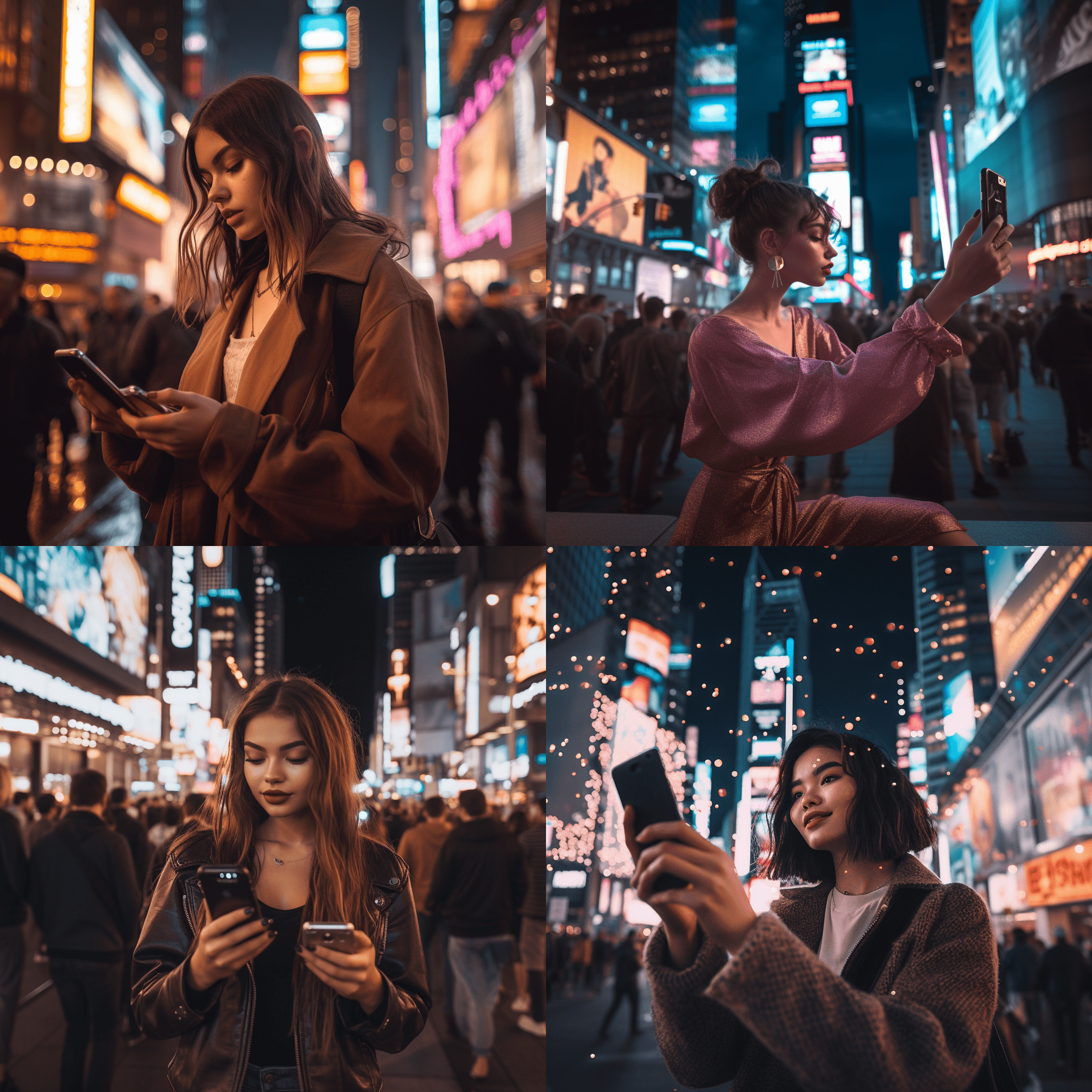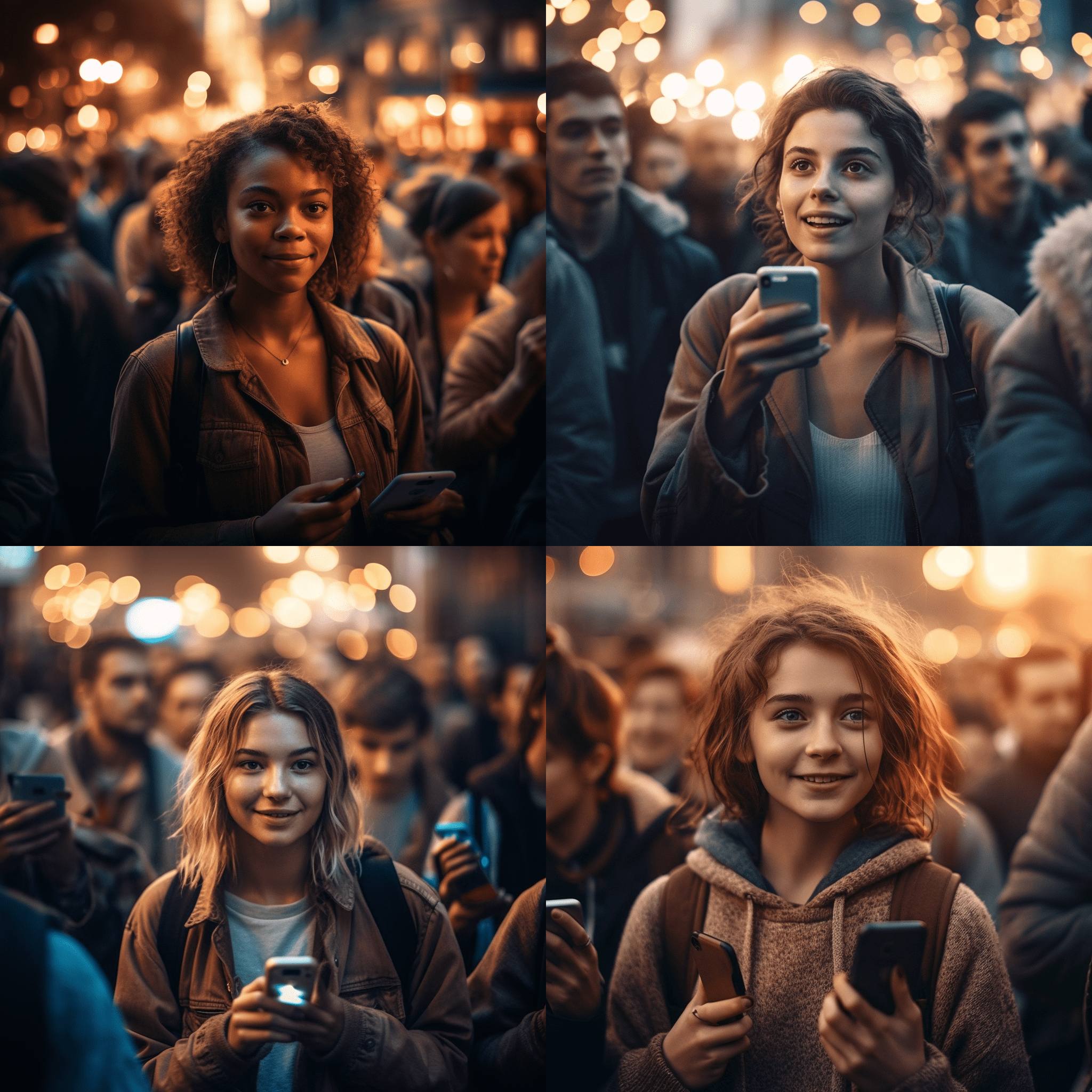- by S.U. Ansari
Instagram has undoubtedly become one of the most popular social media platforms in the world, boasting over one billion monthly active users. One of the defining features of this app has been the ability to “like” other users’ posts. However, in recent years, Instagram has taken steps to hide the number of likes on posts, sparking a debate about their impact across all age groups.
Likes on Instagram were once the holy grail of social validation. Users, particularly younger ones, would often judge the quality of their content based on the number of likes they received. The pursuit of likes was so powerful that it created an entire industry of influencers who would work tirelessly to create content that would garner the most likes and followers. This phenomenon was particularly prevalent among teenagers, who would often obsess over their Instagram presence and the number of likes they received.
However, as the negative impact of social media on mental health became more apparent, Instagram began to take steps to address these concerns. One of the most significant steps they took was to hide the number of likes on posts. This move was met with mixed reactions, with some applauding the decision and others arguing that it would diminish the social validation that likes provided.
Regardless of how one feels about the decision, it is clear that it has had a significant impact on how people use Instagram. Younger users are no longer fixated on the number of likes they receive, and this has helped to alleviate some of the pressure that they feel to maintain a perfect social media presence. However, older users who were not as affected by the pressures of likes still enjoy the feature and use it as a way to show appreciation for content they enjoy.
The decision to hide likes has also had an impact on influencers and brands who rely on Instagram to reach their target audiences. For these users, likes are still an important metric for measuring engagement and success. However, the inability to publicly display the number of likes has forced them to focus on other metrics, such as reach and comments.
In conclusion, the rise and fall of ig likes has been a reflection of the evolving relationship between social media and mental health. While likes were once a source of validation and pressure for younger users, their removal has helped to alleviate some of this pressure. However, older users who still enjoy the feature use it as a way to show appreciation for content they enjoy. The decision to hide likes has also had a significant impact on influencers and brands who have had to focus on other metrics to measure engagement and success. Ultimately, it is clear that Instagram likes have had a profound impact on how people use social media, and their impact will continue to be felt for years to come.


